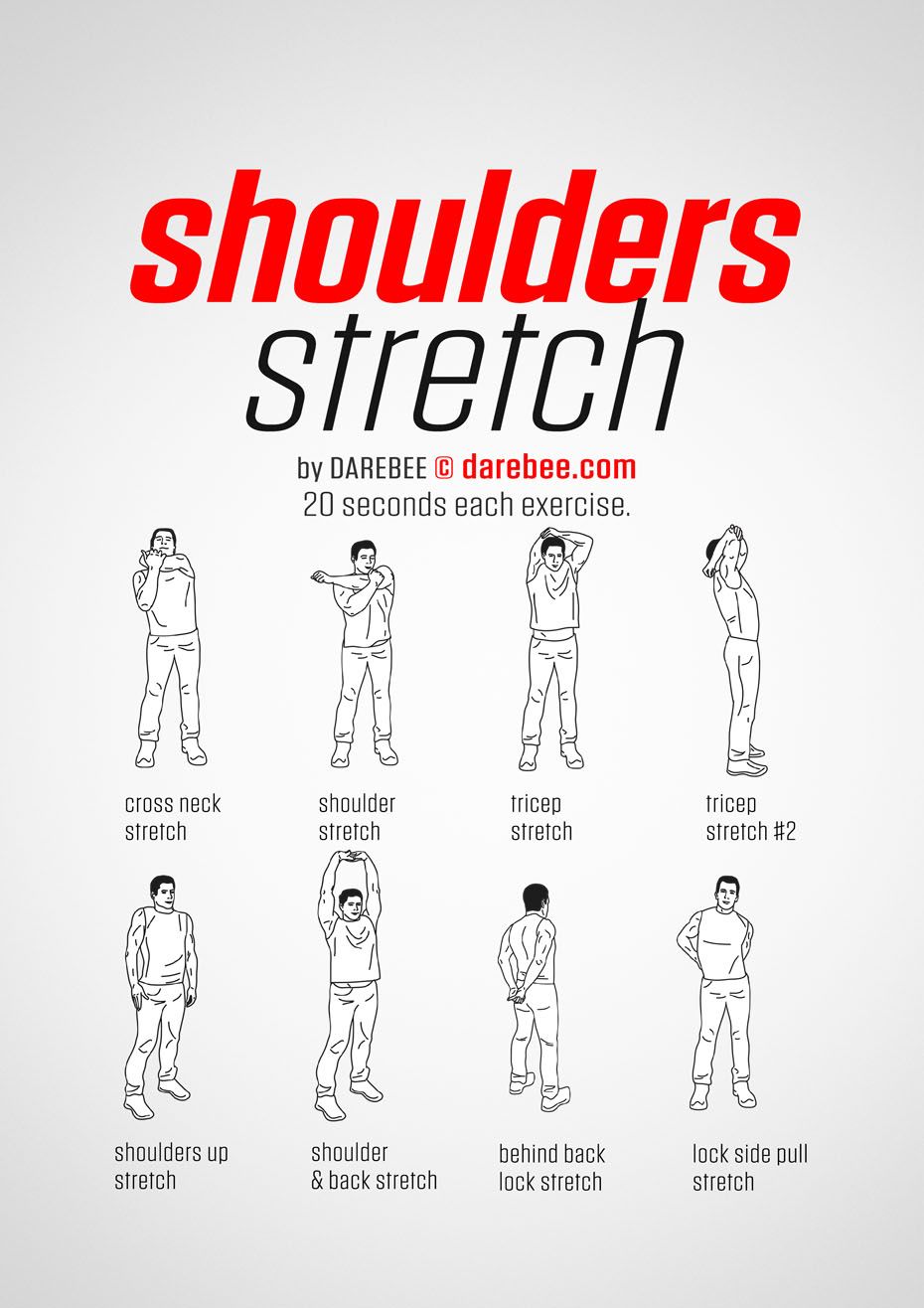Shoulder tightness and discomfort are common issues that can arise from a variety of activities, including sports, heavy lifting, and even prolonged periods of sitting or standing. The shoulder joint is the most mobile joint in the human body, which also makes it one of the most unstable and prone to injury. Incorporating shoulder stretches into your daily routine can help improve flexibility, reduce tension, and prevent injuries. Here’s a comprehensive guide to the best shoulder stretches, including step-by-step instructions and tips for getting the most out of each stretch.
Understanding Shoulder Anatomy
Before diving into the stretches, it’s essential to understand the basic anatomy of the shoulder. The shoulder complex consists of three bones: the clavicle (collarbone), scapula (shoulder blade), and humerus (upper arm bone). These bones are connected by a complex system of muscles, tendons, and ligaments that provide support and enable a wide range of motions. The primary muscles involved in shoulder movement include the deltoids, rotator cuff muscles (supraspinatus, infraspinatus, teres minor, and subscapularis), and the trapezius.
Shoulder Stretching Techniques
Proper technique is crucial when performing shoulder stretches to ensure effectiveness and safety. Here are some general tips to keep in mind:
- Start slow and gentle: Avoid bouncing or forcing your shoulders beyond a comfortable range of motion.
- Breathe deeply: Exhale as you stretch to help your muscles relax.
- Hold the stretch: Maintain each stretch for 15-30 seconds to allow for maximum relaxation of the muscles.
- Repeat as necessary: Perform each stretch 2-3 times, resting briefly between repetitions.
1. Chest Stretch (Pectoral Stretch)
The pectoral muscles often become tight and can pulling the shoulders forward, leading to poor posture and shoulder strain. Stretching the chest can help counteract this effect.
- How to do it: Stand in a doorway with your hands on the doorframe at shoulder height. Lean forward until you feel a stretch in your chest and shoulders. Hold for 30 seconds.
2. Shoulder Rolls
Shoulder rolls are a simple yet effective way to loosen tension in the shoulder muscles.
- How to do it: Roll your shoulders forward and upward in a circular motion. Repeat for 10-15 repetitions. Then, roll them backward and downward. This helps to relax the muscles and improve circulation.
3. Shoulder Blade Squeeze
This exercise targets the muscles between your shoulder blades, helping to improve your posture and reduce shoulder tension.
- How to do it: Sit or stand with your arms at your sides. Squeeze your shoulder blades together and hold for 5 seconds. Release slowly. Repeat for 10-15 repetitions.
4. Cross-Body Stretch
This stretch targets the shoulder muscles, particularly the deltoids and rotator cuff.
- How to do it: Hold your right arm straight out to the side at shoulder height. Use your left hand to gently pull your right arm across your body until you feel a stretch in your right shoulder. Hold for 30 seconds and then switch arms.
5. Arm Circles
Arm circles are an excellent way to warm up your shoulders and improve flexibility.
- How to do it: Hold your arms straight out to the sides at shoulder height. Make small circles with your hands for 10-15 repetitions. Gradually increase the size of the circles as you continue.
6. Scapular Wall Slide
This exercise helps to strengthen the muscles between your shoulder blades and improve your posture.
- How to do it: Stand with your feet shoulder-width apart and your back against a wall. Slowly slide your back down the wall, keeping your shoulders down and away from your ears, until your elbows are bent at a 90-degree angle. Hold for 5 seconds, then slowly return to the starting position. Repeat for 10-15 repetitions.
Incorporating Shoulder Stretches into Your Routine
For maximum benefit, incorporate these shoulder stretches into your daily routine, ideally after periods of activity or at the end of your workout. Consistency is key to preventing shoulder tension and improving flexibility. Remember to listen to your body and adjust the stretches based on your comfort level and any underlying health conditions.
FAQ Section
How often should I stretch my shoulders?
+It's recommended to stretch your shoulders at least 2-3 times a week, but ideally after every workout or period of physical activity. Consistency is key to maintaining flexibility and preventing injury.
Can shoulder stretches help with shoulder pain?
+Yes, shoulder stretches can help alleviate shoulder pain by improving flexibility, reducing tension, and enhancing blood flow to the area. However, if you experience persistent or severe pain, it's essential to consult with a healthcare professional for proper diagnosis and treatment.
How long does it take to see results from shoulder stretching?
+Results from shoulder stretching can vary depending on consistency and the current state of your shoulder flexibility. You may start to notice improvements in flexibility and reduced tension within a few weeks of regular stretching. However, significant gains in flexibility and strength can take several months to achieve.
Conclusion
Incorporating shoulder stretches into your daily or weekly routine can have a significant impact on your overall shoulder health, flexibility, and comfort. By understanding the anatomy of the shoulder, practicing proper stretching techniques, and consistently performing the exercises outlined above, you can improve your posture, reduce the risk of injury, and enhance your overall well-being. Remember, prevention and maintenance are key, and taking care of your shoulders through stretching and exercise can lead to long-term benefits for your musculoskeletal health.



